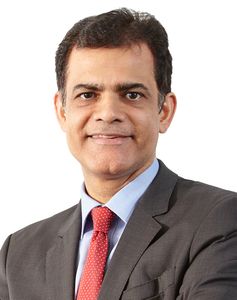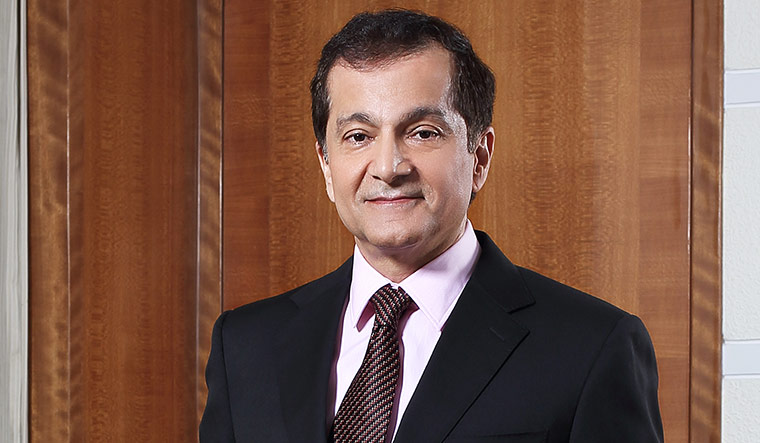About five years ago, Rajesh Kumar, a 40-year-old IT professional, bought an apartment in an affordable housing project in Bengaluru. It was from a reputed builder and he got it for Rs35 lakh. However, as time passed, he realised that it was too far from the city centre, about 35km. At the time of possession, the builder had promised a lot of infrastructure development in the area, but alas. The area lacked proper public transport and there were no shopping malls, good schools or colleges nearby. As a result, Kumar thought of renting out the apartment and moving back to the city. But, despite trying hard, he could not find a tenant; no one wanted to live that far from the city. Kumar then thought of selling it, but found no buyer, again for the same reason.
He is not alone. Though there has been a lot of talk about the boom in the affordable housing segment, there are many challenges that hinder its growth. Anuj Puri, chairman of ANAROCK Property Consultants, said the main issue with such projects in metros was the location of the project—most of them were on the outskirts of the city, where the livability index was fairly low. “Many areas across cities lack basic infrastructure facilities and are least accessible from prime areas,” he said. “This puts off buyers to a large extent. Secondly, unlike earlier, builders today are keen to venture into the affordable segment—despite profit margins being lower than the luxury segment—mainly because it has the maximum demand. However, it is unfortunate that the high property prices within the municipal limits of major cities are preventing builders from launching affordable housing projects there.”
Other experts, too, agree. “Often, connectivity is a big challenge,” said Samantak Das, chief economist and head of research and REIS, JLL India. “It is true that many continue to wait for supporting infrastructure. It has been the main request of home buyers who want to have an easy commute and also have all necessary amenities in the neighbourhood.”
As per ANAROCK research, in Q2 2019, of the total 6.65 lakh unsold units in the top seven cities, more than 2.45 lakh were in the affordable bracket (priced below Rs45 lakh). During the same period for the previous year, more than 2.37 lakh units in the affordable category were unsold. “Though there has been an increase in the total unsold stock of affordable housing by 1 per cent in a year, this was also because maximum new supply came up in this segment across the top seven cities. Hence, the stock was bound to increase,” said Puri.
After demonetisation pushed up the unsold inventory, builders were cautious about launching new projects. This restraint helped sales gain momentum in 2018, and builders concurrently reduced the size of the offering in the affordable segment. And, with the recently announced decrease in interest rates and a spate of government incentives such as lower GST rates, the reduction of unsold affordable stock will continue in the immediate future.
“Economic growth can be accelerated through the linkage of affordable housing with other sectors of the economy,” said José Braganza, joint managing director, B&F Ventures Limited. “The demand for affordable housing is driven by the availability of low-cost credit, and policies such as the Real Estate (Regulation and Development) Act has infused new buyers’ interest in the realty sector. Providers and seekers of affordable homes face multiple challenges in their efforts to develop, finance or secure quality housing at a reasonable price. With restored trust and tax reforms, home buyers' prime concerns are the cost involved along with the quality and delivery of the project rather than location.”
There are others factors, too. “Even though the demand for affordable housing is humongous, there are multiple headwinds such as accessibility to finance at cheaper interest rates (a major roadblock for developers to enter affordable housing), and absence of public-private partnerships to bridge the gap between demand and supply, which have restricted the growth of this segment,” Surendra Hiranandani, chairman and managing director, House of Hiranandani, told THE WEEK. “Along with ramping up infrastructure, which is taking place at a stupendous rate, [there needs to be a] speedy approval process, and subsidies in buying land in urban areas and raw materials.”
To achieve the objectives of the Pradhan Mantri Awas Yojana, he added, the government needed to incentivise the key stakeholders through direct and indirect tax measures and increase the price limit of apartments that qualify for tax deductions. This would encourage home buyers from urban areas such as Mumbai, where real estate prices continue to remain high. “There is an urgent need to address challenges in the affordable housing space as urbanisation will escalate exponentially in the years to come,” he said.
Experts point out that the government must seriously reconsider revising the pricing of homes in the affordable segment as per the real estate prices in that city. “While size of units as per its definition (60 square metres carpet area) is fairly appropriate, prices of units are definitely not viable across most cities,” said Puri. “For instance, for a city like Mumbai, a budget of less than Rs45 lakh is far too low and hence it needs to be increased. Similarly, in Delhi and NCR, buyers have to go out to the peripheries to buy affordable homes, which are unfortunately not accessible via public transport or are fairly low on the livability index. With this price revision, more homes will fall within the affordable price tag and hence more buyers can avail of multiple benefits such as lower GST rates at 1 per cent without input tax credit, government subsidies and the most recent tax deduction of total Rs3.5 lakh on interest repayment of home loans. This will attract more buyers to take the plunge.”
Many also said that the issue of scarcity of land, the main ingredient for building homes, must be looked into seriously. “Some portions of land across cities falling under the department of heavy industries, Indian Railways, port trusts, etc, can be released by the respective government bodies,” said Puri. “By unlocking this land, there will be availability of low-cost land, which will also curtail property prices to a large extent.”
Interestingly, stakeholders are now focusing on delivering the existing ongoing projects instead of new launches and this is likely to reduce the gap between demand and supply. “The country needs price rationalisation and more affordable housing projects,” said Das. “With the government’s key agenda being ‘Housing for all by 2022’, the future of affordable housing is strong. Reforms such as tax exemptions for project developers and GST rationalisation will help the segment and, in a way, help the home buyers. As a result of these reforms, the affordable housing supply will definitely increase in future.”
Market experts emphasised that the prices for the segment should be revised on a priority basis. “Firstly, prices should be revised,” said Rachit Chawla, founder and CEO, Finway Capital. “An amount that the middle class can easily afford, with proper quality of infrastructure, should come into the picture. Secondly, one needs to boost the housing funds. Current reforms by the government with reference to real estate and initiatives being taken to provide housing to all, irrespective of caste, purchasing power or religion will provide a push to the housing sector at large.”
Despite the challenges, experts said the future of affordable housing was bright in India, especially with a stable government and the recent developer-friendly budget. The affordable price segment will continue to dominate the residential supply in the next few years. The catchphrase ‘affordable housing’ has also been drawing more and more fanfare and is being used rather freely by developers who, in previous years, did not want to be associated with it at all. “The budgets leaning towards the affordable housing segment will give further hope to those who were dreaming to own homes,” said Braganza.
Despite initial challenges on the quality front, some experts said the affordable segment seemed to be on track. “In the past three to four years, with participation of more grade A and corporate developers in this segment, quality issues have been addressed and the benchmark has been set,” said Shantanu Mazumder, senior branch director, Bengaluru, Knight Frank India. “Now, with RERA in place in most of the states, the developer also needs to fall in line with the guidelines that also talk about warranties and guaranties in construction. Affordable housing will soon see version 2.0, as the segment is gearing up to cater to the lower end of the segment, which is sub Rs10 lakh. But, for the same to happen, the government will have to release land to the private sector in some form so that affordability is achieved in its true sense across all segments and the prime minister's vision of 'housing for all by 2022' becomes possible.”






